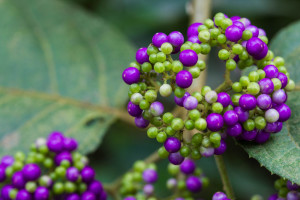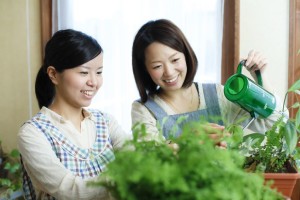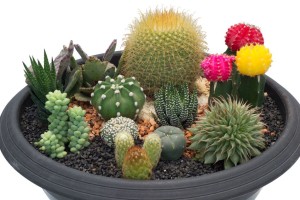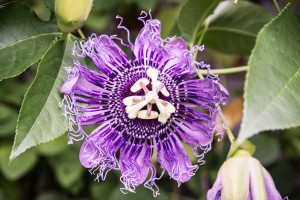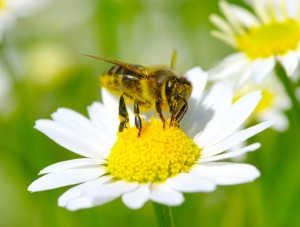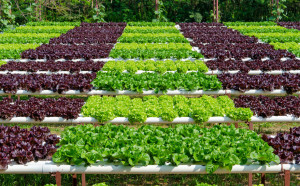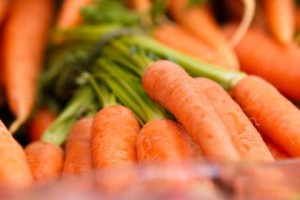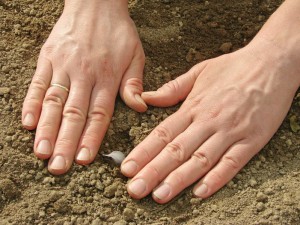Tips for Choosing the Best Pumpkin Varieties for Gardening at Home
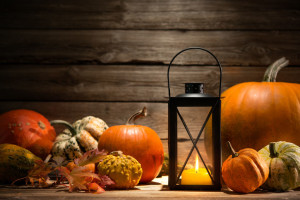 The first cool mornings, school buses rumbling through the neighborhoods and yellow leaves appearing on a few trees all signal one thing: fall is here and it’s time to eat and celebrate all things pumpkin. If you’re gardening at home and wanting to grow the perfect pumpkin for carving or for pie, there is a wide variety to choose from.
The first cool mornings, school buses rumbling through the neighborhoods and yellow leaves appearing on a few trees all signal one thing: fall is here and it’s time to eat and celebrate all things pumpkin. If you’re gardening at home and wanting to grow the perfect pumpkin for carving or for pie, there is a wide variety to choose from.
While the world around you is obsessed with sprinkling pumpkin spice on every food product in sight, you’re looking for the real thing. Whether you’re gardening at home or just trying to choose the right variety at the pumpkin patch, there are a few tips to know about choosing the best pumpkin variety:
A few basics: First, did you know that pumpkins are a fruit, not a vegetable? They come from a family of fruits known as Cucurbitaceae, which includes other familiar favorites like cucumbers and watermelons. When you choose a pumpkin, look for consistent color and a nice solid bottom. A green stem indicates recent picking.
The best carving pumpkins: When you’re ready to decorate your front porch with a toothy, glowing smile, opt for a variety like “Rock Star,” “Aladdin” or “Charisma.” It’s likely that you can find these varieties when choosing seeds, but the finished product at your local supermarket will likely just be labeled as a carving pumpkin.
It’s pie time: Your best choice for baking a pumpkin pie is not a pumpkin at all. The best results are achieved with a butternut squash or an acorn squash. If you’re a bit tied to the idea of your pumpkin pie containing the real thing, though, you can try a “Baby Pam,” also known as a sugar pumpkin, or the “Cinderella” variety.
You’ve already had dessert, but…: After you’ve polished off your pre-dinner pie, enjoy a pot of pumpkin soup. The best results come with a buttercup pumpkin. If you’re using a sweeter pumpkin, some cooks like to temper the pumpkin with a bit of sweet potato, which can also improve the texture of your soup.
Like other fruit in this family, pumpkin can be a little more challenging to transform it into something edible. Try roasting your pumpkin brushed with olive oil or sauté it with some butter. Both will soften up your pumpkin for easier handling and impart some extra flavor to your recipe, too.
Whether you’re headed to the store to grab ingredients for your famous pumpkin pie, or you’re simply in the planning stages for gardening at home next spring, fall isn’t complete without pumpkins.
When you plant your pumpkins, don’t forget to label them properly with Kincaid Plant Markers. They’ll help you distinguish your carving pumpkins from your pie pumpkins so that you can give them individualized care all season.

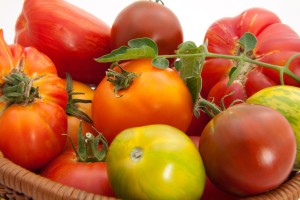 Once you’ve begun growing vegetables in your own garden, you’ll find commercial produce just doesn’t compare when it comes to taste. Varieties found in the grocery store might be big and flashy, but they lack taste and depth of color. One of the
Once you’ve begun growing vegetables in your own garden, you’ll find commercial produce just doesn’t compare when it comes to taste. Varieties found in the grocery store might be big and flashy, but they lack taste and depth of color. One of the 